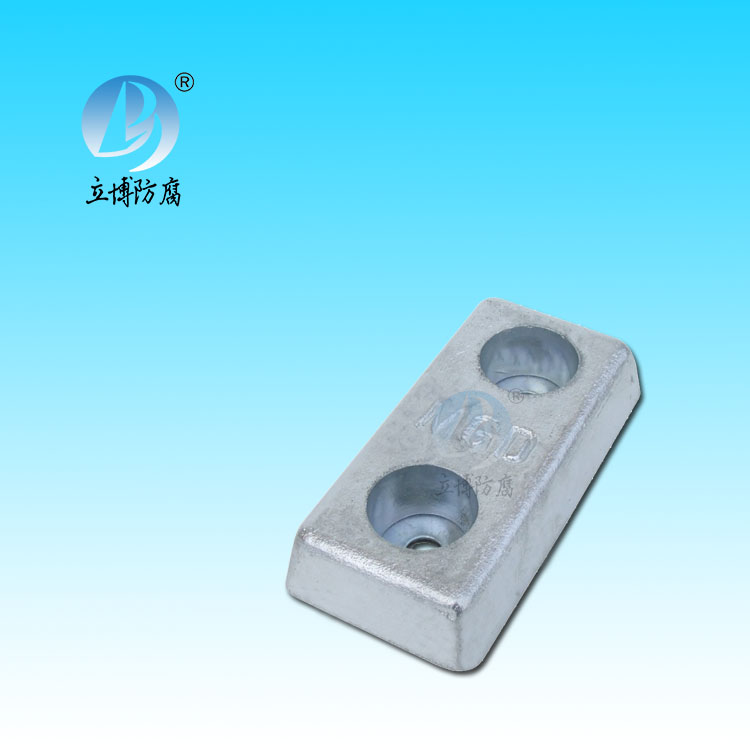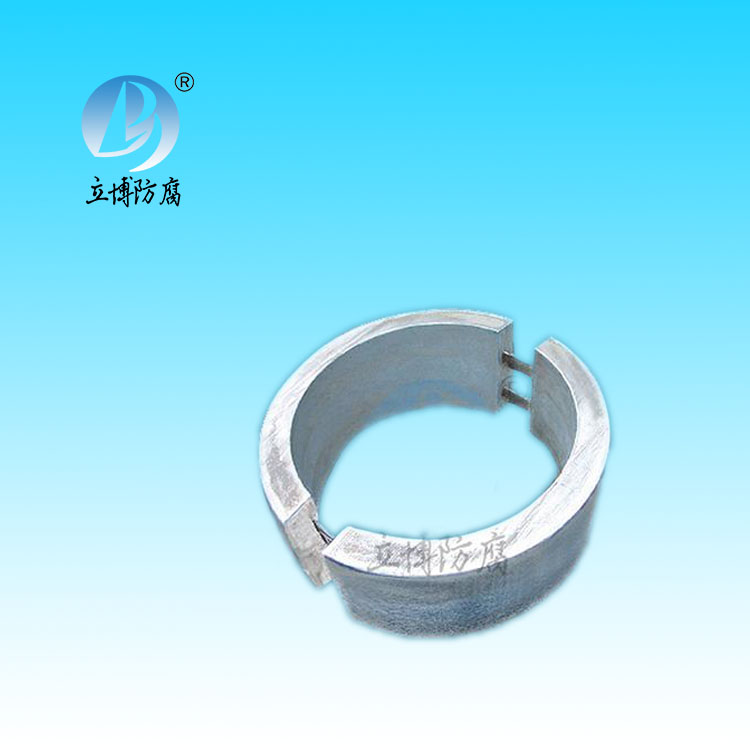News
News
- What is a sacrificial anode
- Basic requirements for reference...
- What does the reference electrode do...
- Why are zinc blocks attached to the ...
- What is the principle of impressed...
- What material does metal structure...
Contact
Phone:18739187123
hotline:0391-7588881
E-mail:970512272@qq.com
Address:Wuzhi County, Jiaozuo City, China
Q & A
Cathodic stripping of anticorrosive coating
- Author:Libo
- Source:wwww.dingzhiyinbi.com
- Date:2021-08-09
- Click:0
Cathode stripping, or cathode stripping, is a common form of damage to coated metals.
Cathodic protection is often used to prevent corrosion on coated steel equipment such as ships, offshore platforms and underground pipes, as well as on the inner walls of large tanks containing aqueous solutions.
One of the consequences of poor cathodic protection is that the coating in the defective area loses adhesion due to the cathodic reaction and the coating will separate from the metal, a phenomenon known as cathodic stripping. The metal surface covered with the polymer can be transformed into a cathode region and the cathode reaction under the coating can be catalyzed.
This cathodic nature can be induced purposefully, such as by cathodic polarization in cathodic protection, or by corrosion, because the cathodic and anode regions are separated when corrosion occurs. The cathode reaction, or rather the product of the cathode reaction, will adversely affect the bond between the coating and the matrix and cause the coating to separate from the matrix in what is called cathode stripping.
Hull, pipeline and underground structures protected by cathodic protection are related to cathode stripping. The blistering of paint on vehicles or metal components exposed to atmospheric environment is often caused by the exposure of the substrate, which causes damage to the coating. The exposed surface is the anode, and the adjacent area is the cathode.
The spread of corrosion and the blistering of the paint is due to the occurrence of cathodic stripping and subsequent wetting and drying interchanges during the service life, allowing water and salt to invade the structure. Cathodic stripping is a special form that causes corrosion of coated metal, which destroys the adhesion of the coating to the metal.
The mechanism of cathode stripping is very complex and varies with different coating systems. There is no general conclusion. Now there are three main mechanisms of cathode stripping. These three mechanisms are: due to the high pH value produced by the reaction of oxygen uptake at the cathode is a prerequisite:
(1) The coating is separated on the interface, that is, the adhesion of the coating is destroyed, or the interface is replaced by water, so that the coating is separated from the metal surface.
② The dissolution of oxide on the metal, the oxide film on the metal is dissolved by the alkali produced by the cathode reaction, and the combination of the coating and the matrix is destroyed and the peeling occurs.
(3) Cohesion failure and depolymerization of the coating destroy the physical and chemical structure of the coating itself, and destroy the bonding force between the coating and metal interface.







 客服QQ
客服QQ